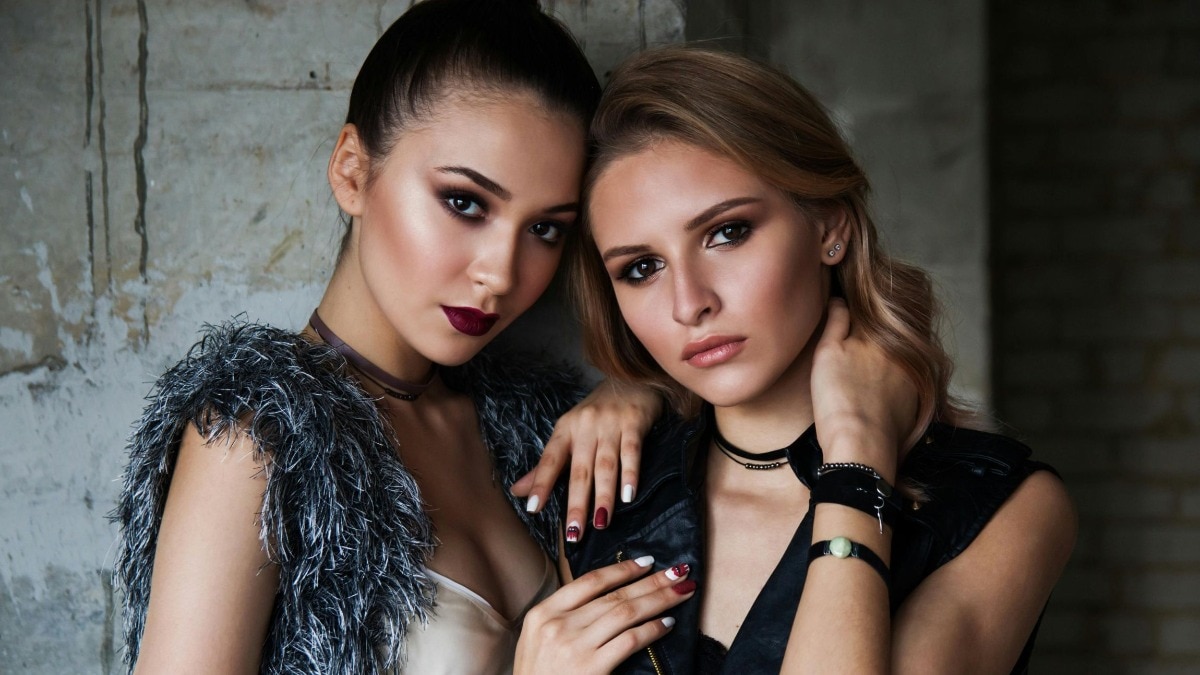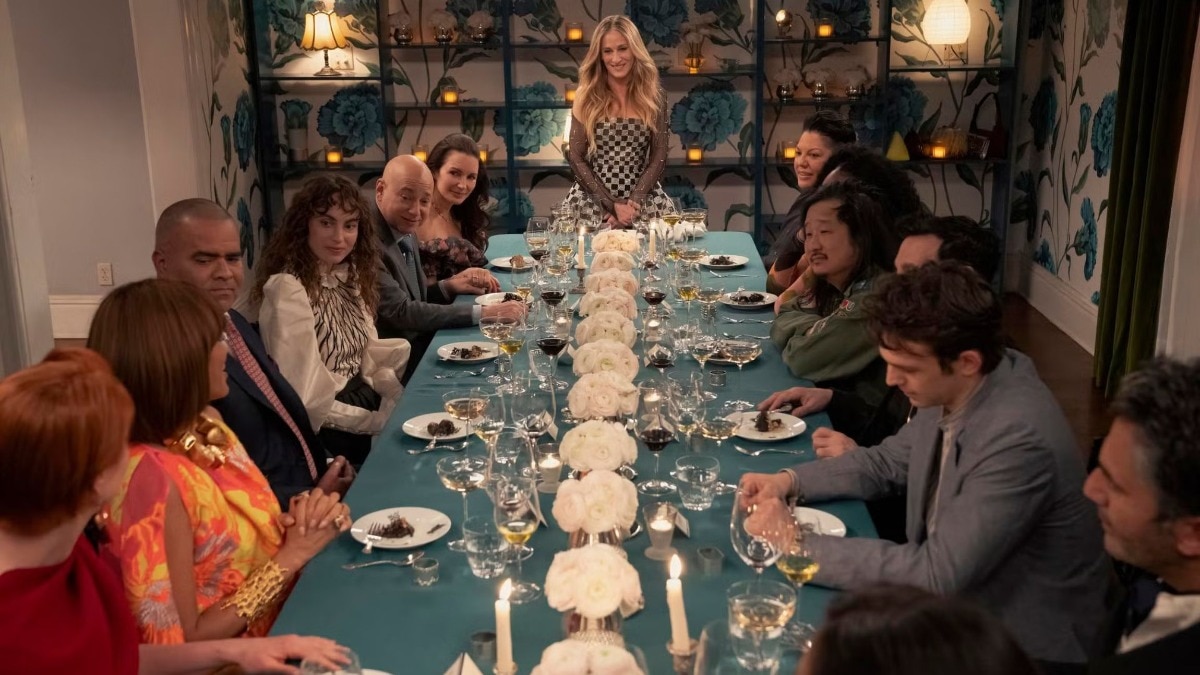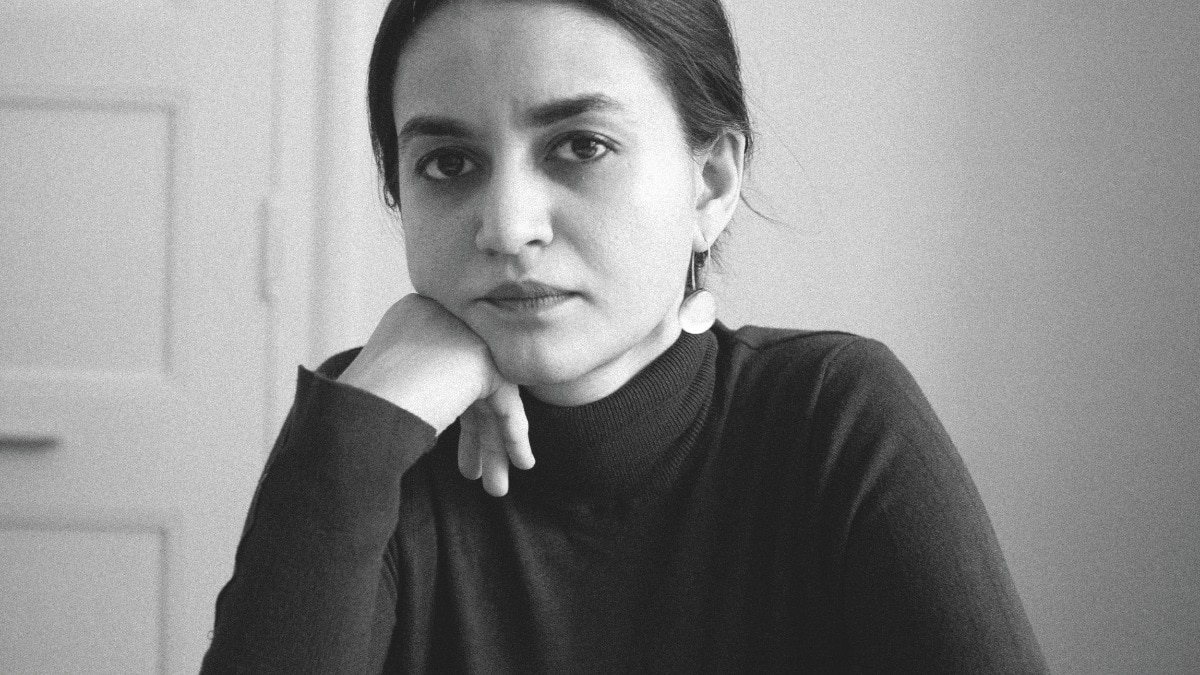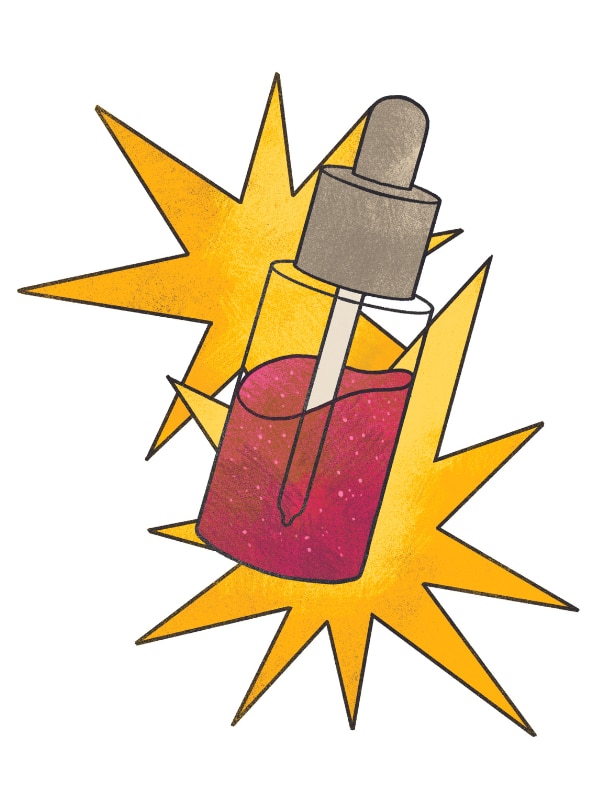
Beauty rituals are undergoing a metamorphosis for the younger generations
Steeped in tradition, these age old practices are helping them reconnect with their roots.

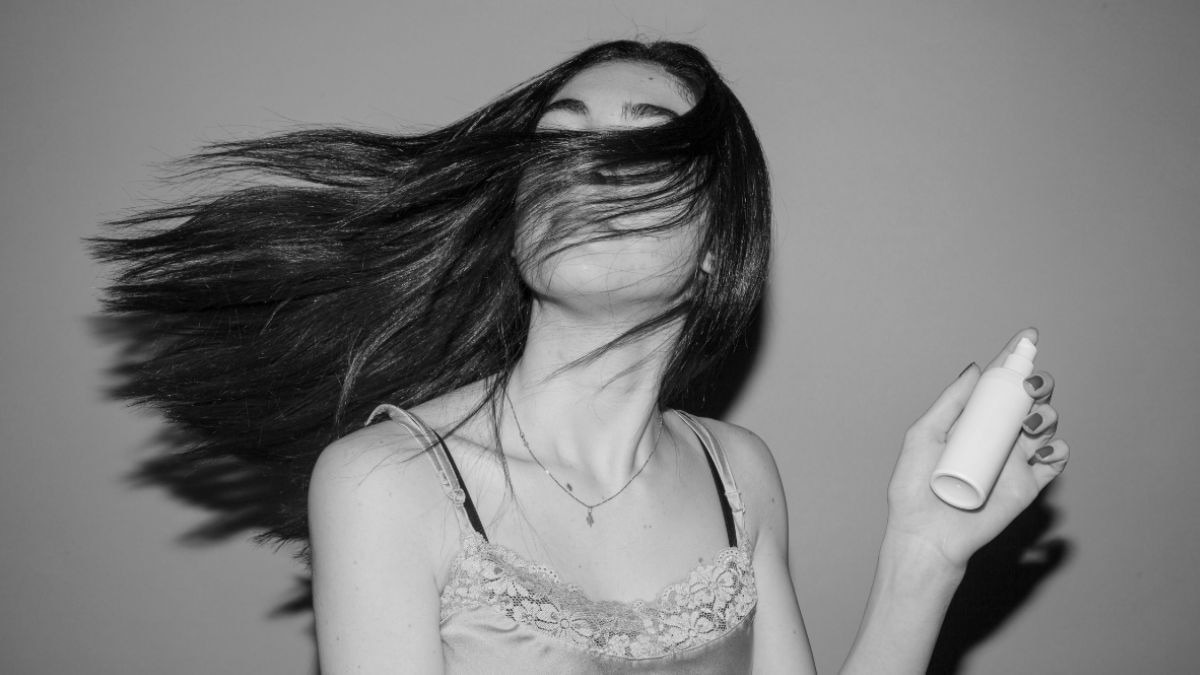
It feels like yesterday. I am seated on a flat cushion on our grey-black mosaic floor, only about six or seven years old, as my grandmother massages oils of olive, camphor, peanuts, and soybean onto my arms and legs. Like she has done with my mother before me, she is gently twisting and tugging on my limbs, and humming a rhyme too familiar. A rhyme that wishes for me to grow as strong as the trunk of the banyan. It’s peak winter, and my skin turns from an ashy sand to a honey beige in seconds. Once the limbs are oiled to her satisfaction, she swiftly moves on to the back, the belly, and the neck. I feel the cold breeze from our veranda dance past my face, but it’s got nothing on me. It would take me years to appreciate the warmth that spreads through my body. The meaning that her care holds, passed down through generations of women who came before me, would help me take care of myself one day.
India and South Asia have nurtured a deep connection between beauty and wellness for millennia. One that sees beauty from the inside out as a necessity, not a luxury you occasionally indulge in. This connection, fostered through communal knowledge of natural produce, and the careful chemistry that makes them potent, has nourished our bodies and protected our gorgeous melanated sheath through time. As the world rediscovers the power of sustainable ingredients and self-care, these age-old practices are experiencing a renaissance, captivating a new generation eager to reconnect with their roots. As prodigal children often do, we are collectively realising that our culture, which we were taught to hate, is being sold back to us. Our creamy hair, and golden skin, are being clean-girled and bronze-boyed into coolness without much regard for the sacred wisdom that backs them.
Ayurveda, along with Siddha, forms the bedrock of Indian beauty rituals. This 5,000-year-old system of medicine emphasises achieving a balance between the mind, body, and spirit. According to this “science of life”, one’s unique constitution, or dosha, determines their susceptibility to imbalances that manifest in skin, hair, and overall well-being. Beauty rituals are tailored to address these imbalances and promote holistic harmony. These practices that uphold a higher understanding of self-care, range from simple traditions, like rubbing mustard oil into your navel, to elaborate ceremonies that last for days. If you are South Asian, you must have been blessed with one or another ritual rooted in this school of well-being. Has your loved one oiled your hair? Made you a yoghurt-honey mask before a special day? Fed you a tablespoon of ghee when you’re feeling dull?

In the early days of millennials and older GenZs, we were happy with our concealer-cut brows, crustily spiked hair, and chunky highlighters. We couldn’t have been further away from embracing oily plaits and glass skin as gold standards of beauty. And till the 2010s very few people, including dermatologists, were concerned about holistic well-being: you could eat anything as long as you ate less, stayed horribly thin, and had ultra-matte skin and hair at all times. These trends, which formed our collective idea of what is beautiful for the longest time, did not leave space for timeless rituals we have always had access to. I remember protesting vehemently against oiling my hair the moment my world opened up. It was not until my last year of college, when a significant amount of my hair was falling out from all the shampooing and blow-drying, that I bought myself a bottle of coconut oil to massage in every now and then.
During the same time, India saw a plethora of entrepreneurs reintroducing Indian beauty practices to the world, built on the backs of brands like Vivek Sahni’s Kama Ayurveda which was established in the early 2000s. Pritesh & Megha Asher’s Earth Rhythm narrowed down on plant-based offerings, as did Dhruv Bhasin and Dhruv Madhok’s Arata, a haircare brand that finally cared about Indian curls. Diipa Büller- Khosla’s Inde‒Wild combined Ayurvedic superfoods with modern dermatology, while Rooshy Roy’s Aavrani focused on clean, pregnancy-safe products. International model Pritika Swaroop’s Prakti Beauty, and celebrity-backed brands like Deepika Padukone’s 82°E put indigenous ingredients like sandalwood oil, ashwagandha, and turmeric butter on the map. Arjun Sampath’s Soma Ayurvedic promised to bring the best from Indian forests, and delivered. Varun and Arati Sharma’s Ghlee Skincare proved the versatility and potency of ghee-based products. Kavita Khosa’s Purearth, and Jessica Jayne’s Pahadi Local, sourced the goodness of the high Himalayas into bite-sized bottles. The world, and the urban Indian, could finally pick up a product that held some cultural significance.

I relearnt about these rituals I was so lovingly brought up with. I started oil pulling with coconut oil, rubbed mustard oil into my nostrils when a stubborn cold wouldn’t leave me, and swapped my single-use sheet masks for multani mitti or a goopy mixture of aloe vera gel and turmeric powder. Skincare became self-care, and I took these precious few minutes of the day to go back home, even when I was far away. Books like Glow by Vasudha Rai, Beauty Unbottled by Kavita Khosa, and Almond Eyes, Lotus Feet by Shalini Devi Holkar and Sharada Dwivedi, proved monumental in this journey, as did phone calls with my parents and grandparents. And I was not alone.
As we became more conscious about the planet, and the impending doom of the climate crisis, our generation put our trust back in what had stood the test of time. Soon, we were putting neem-ubtan masks, and going to Bryan Adams concerts, in the same breath. We were getting comfortable in our complex, post-colonial duality. The men in our generation, learnt to embrace their femininity (and wash their face with something other than a bar of soap). The women styled their slick-back buns for the gym (and red carpets). We finally started loving our beauty rituals, mostly because it was made for us, by us. In an uncertain world, we taught ourselves to love what we have, and appreciate what we had been endowed with. What started as a beauty revolution, became a colossal cultural reset.
And the shift is only getting bigger. It is quite common to find sea buckthorn oil, tulsi or saffron in high-end beauty products today. In a world where people usually have a 30-second attention span, these age-old rituals are offering a return to a slower, more mindful approach to beauty. As we learn to embrace these practices, we are not only cultivating radiant skin or inner peace but forging a deeper connection with our rich heritage. This rediscovery ensures that the wisdom of the past continues to illuminate the path to beauty in the present and future, for all of us to grow as strong as the trunk of the banyan.
Feature image credit: Pexels
This article originally appeared in Harper's Bazaar India, 2024 May print issue.
Also Read: Three mom-daughter duo share beauty tips passed down through generations
Also Read: The best of the latest beauty launches


